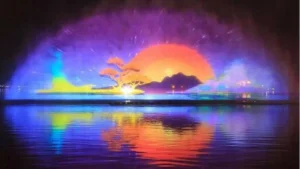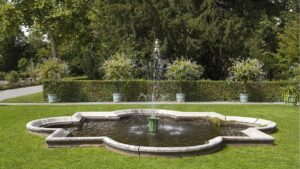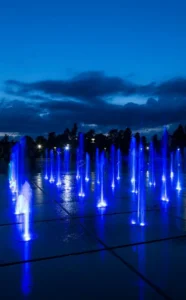- Product Knowledge
Top 10 Most Popular Fountains for Tourists: Iconic Landmarks to Add to Your Bucket List
From ancient marvels to modern masterpieces, fountains have long captivated travelers with their artistry, history, and symbolic allure. Whether you’re drawn to the soothing sounds of cascading water or the grandeur of sculptural design, these aquatic landmarks offer unforgettable experiences. Below, we explore the world’s most popular fountains for tourists—each a testament to human creativity and cultural heritage.
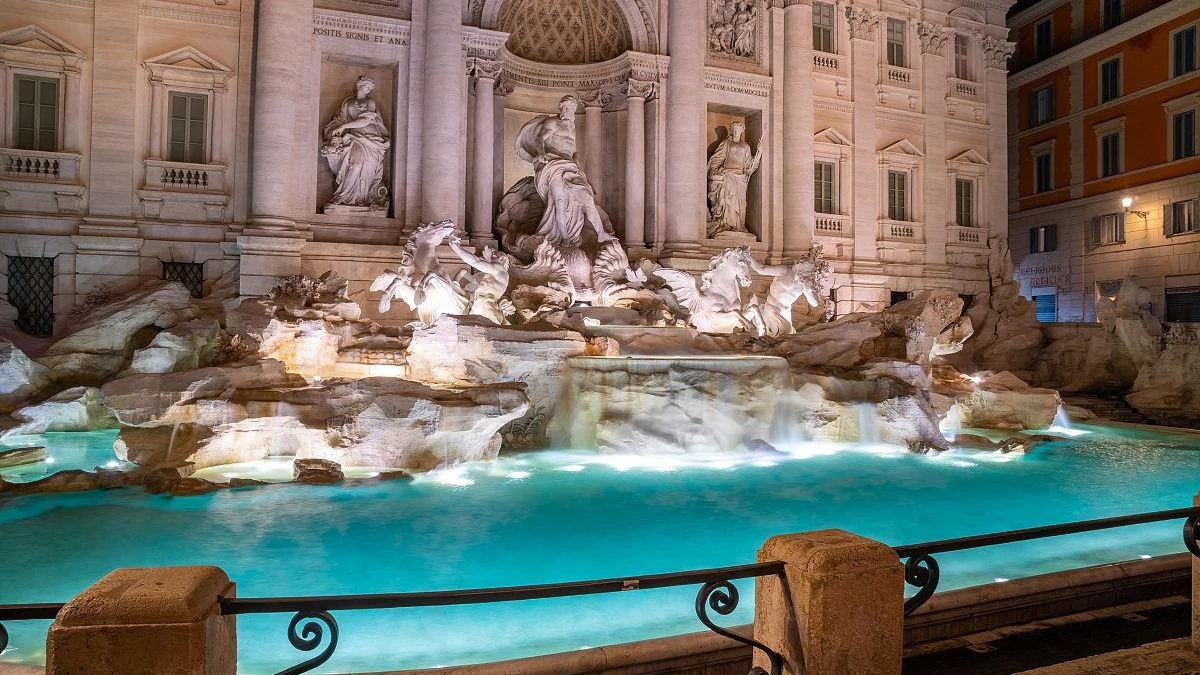
Trevi Fountain (Rome, Italy)
A Baroque masterpiece completed in 1762, the Trevi Fountain dominates Rome’s historic center with its dramatic depiction of Oceanus, horses, and tritons. Legend says tossing a coin over your left shoulder ensures a return to Rome—a ritual that fuels its global fame. Short sentences? They work. The Trevi’s magic lies in its scale: 85 feet wide, 65 feet tall, and always crowded.
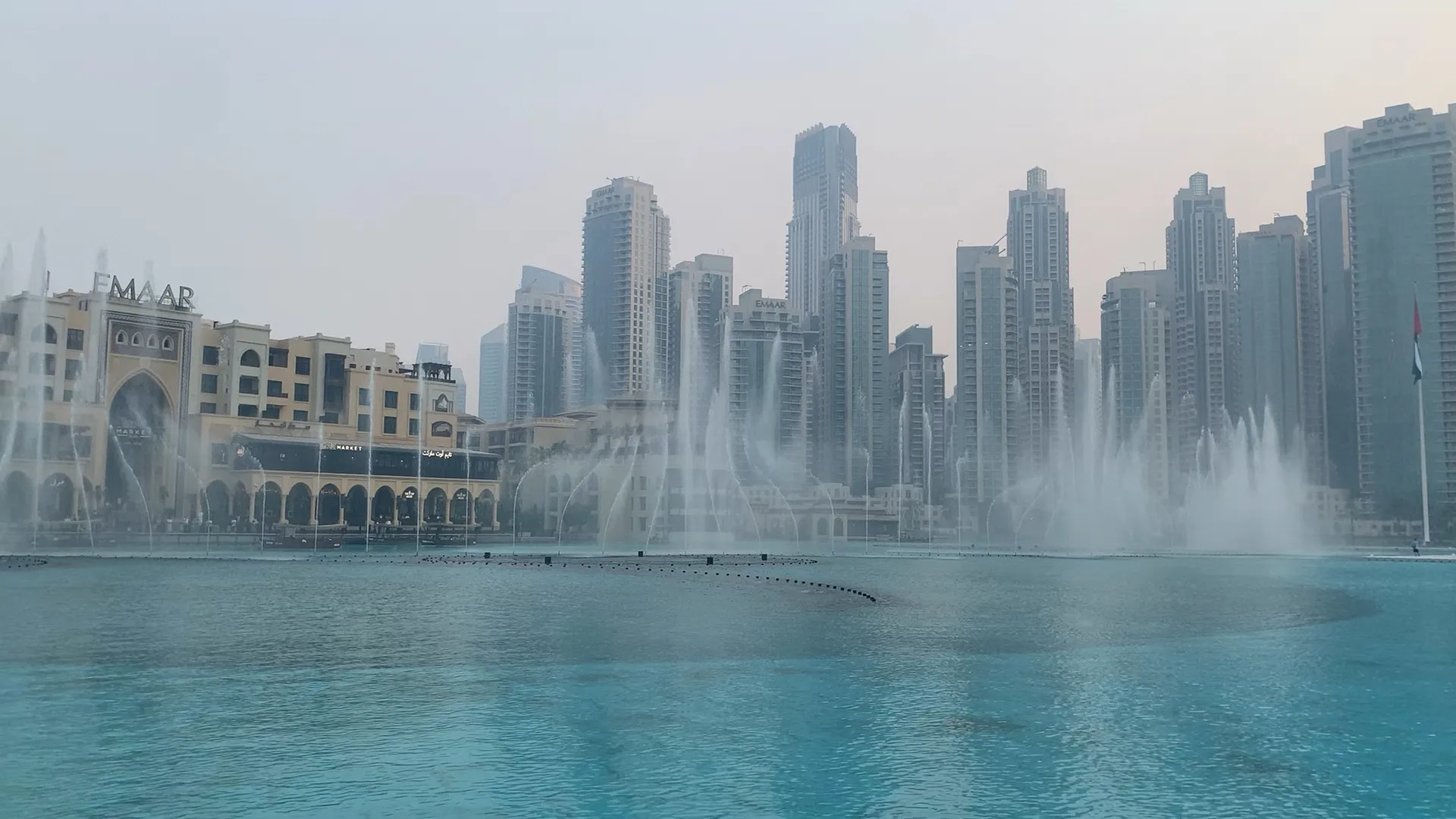
Dubai Fountain (Dubai, UAE)
Situated at the base of the Burj Khalifa, this engineering marvel shoots water 500 feet skyward, synchronized to lights and music ranging from Arabic classics to Beyoncé. Its nightly shows blend cutting-edge technology with artistic flair, drawing millions annually.
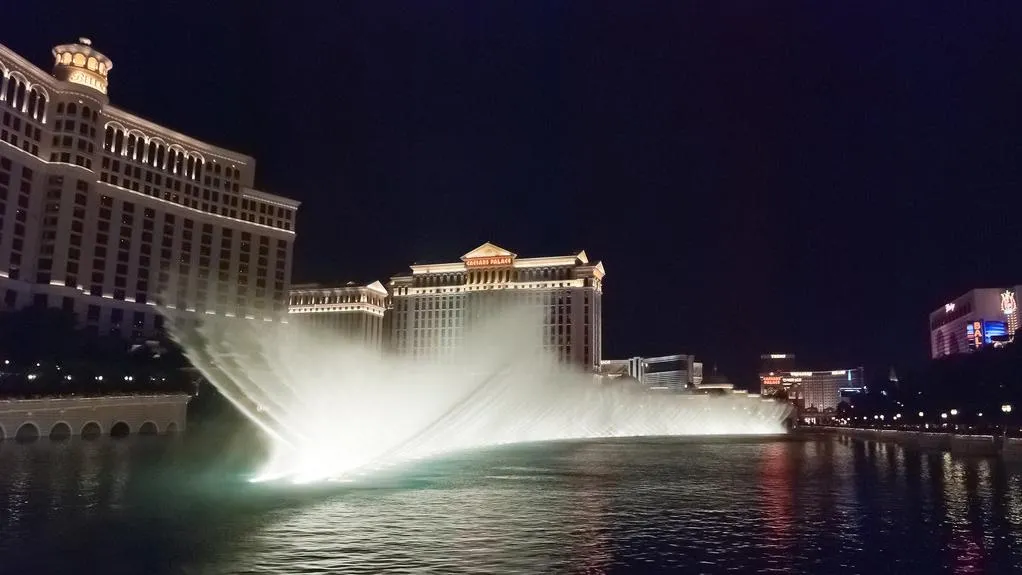
Bellagio Fountains (Las Vegas, USA)
Las Vegas thrives on spectacle, and the Bellagio’s fountains deliver. Over 1,200 nozzles and 4,500 lights create a choreographed dance across its 8-acre lake. Free to the public, it’s a rare blend of luxury and accessibility on the Strip.
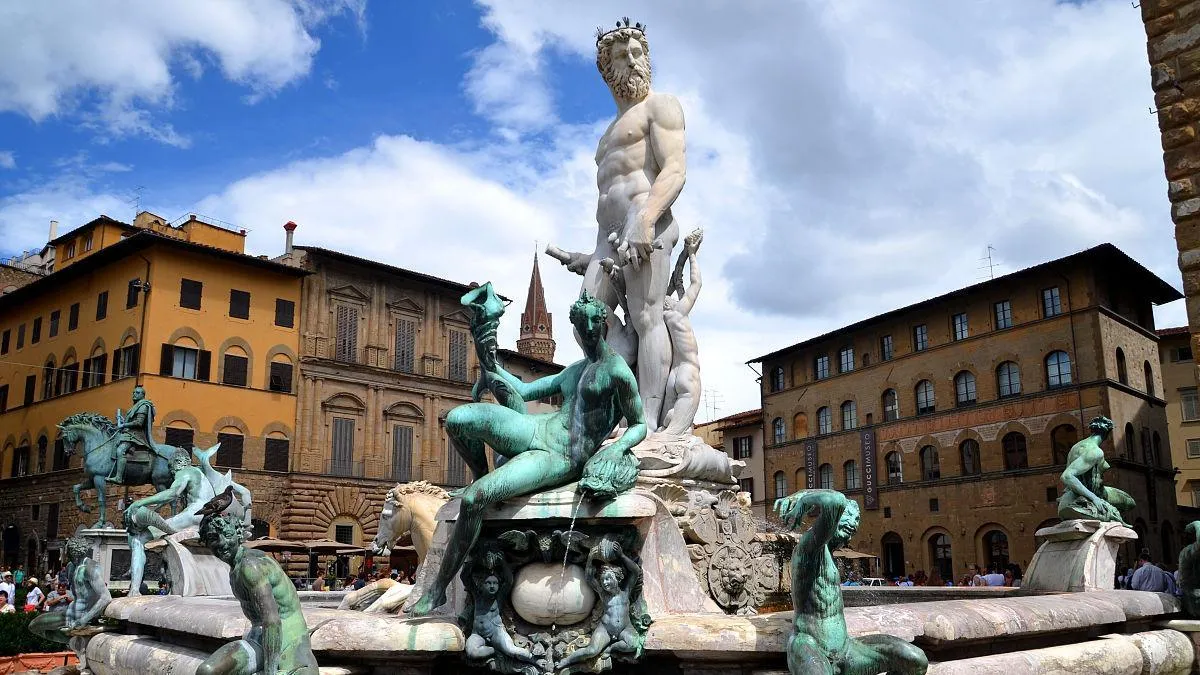
Fontana di Piazza della Signoria (Florence, Italy)
Often overshadowed by Michelangelo’s David, this Renaissance fountain features Neptune surrounded by mythical figures. Its marble complexity reflects Florence’s golden age—ideal for history buffs seeking quieter moments in crowded piazzas.
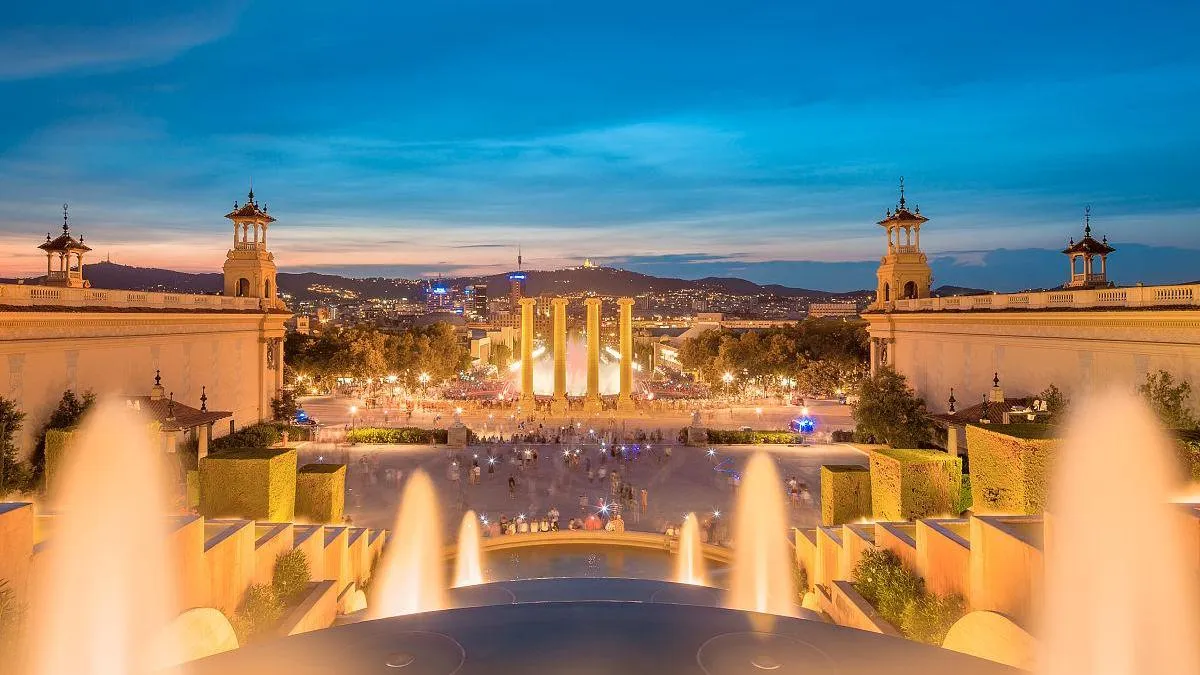
Magic Fountain of Montjuïc (Barcelona, Spain)
Built for the 1929 World’s Fair, this Catalan gem combines water, color, and music into a hypnotic performance. Evening shows at Montjuïc Hill offer panoramic city views, making it a dual sensory and visual treat.
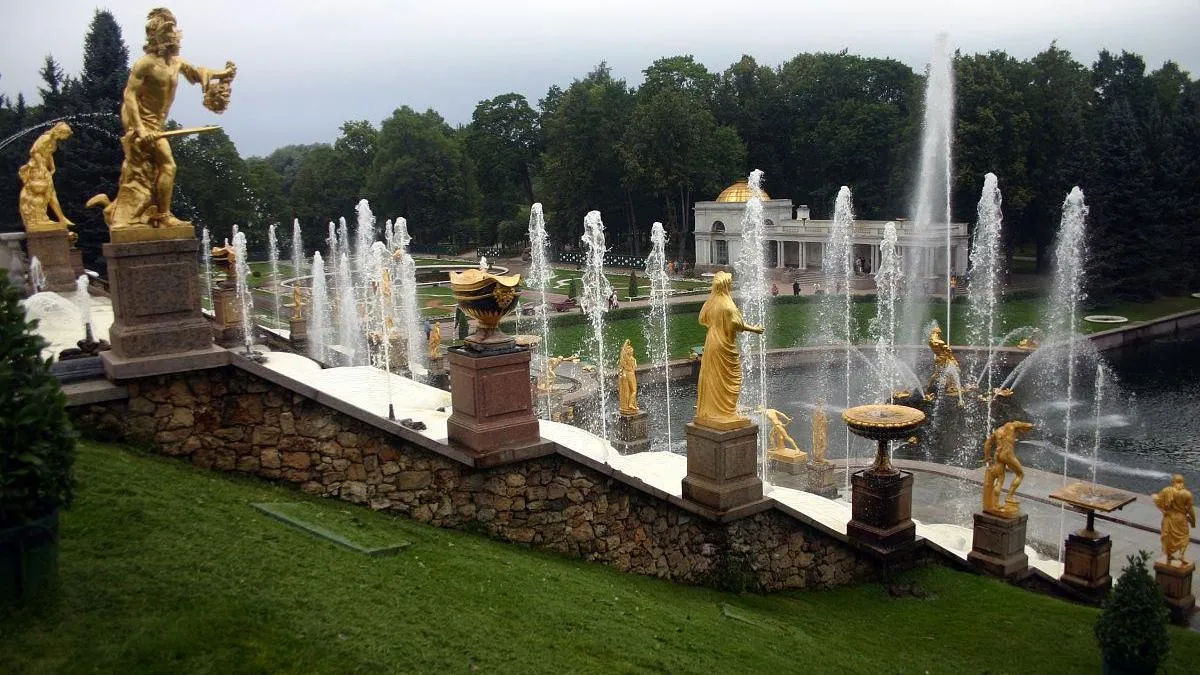
Peterhof Fountain Complex (St. Petersburg, Russia)
Dubbed the “Russian Versailles,” Peterhof’s 176 fountains and 4 cascades sprawl across imperial gardens. The Grand Cascade, with its golden Samson statue, epitomizes Tsarist opulence. Pro tip: Visit in summer when all jets are active.
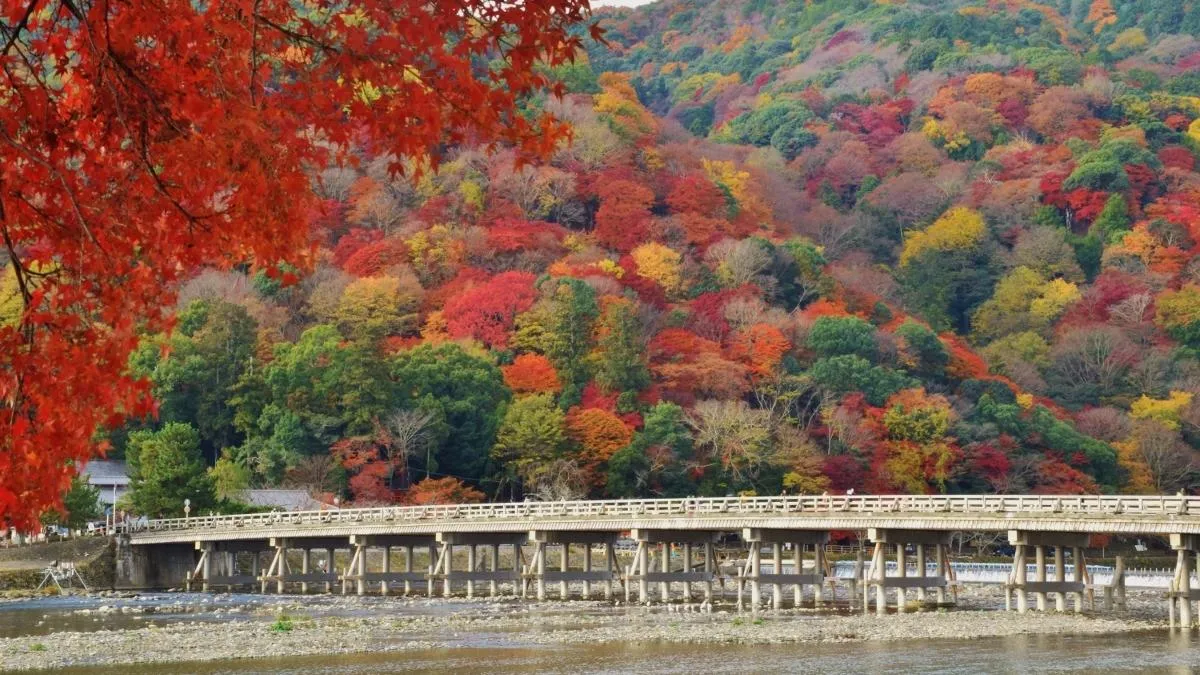
Swallow Fountain (Kyoto, Japan)
A minimalist contrast to European grandeur, Kyoto’s Tsutenkyo Bridge fountain uses bamboo pipes to create gentle streams. Nestled in Arashiyama’s bamboo forest, it embodies wabi-sabi—the beauty of imperfection and transience.
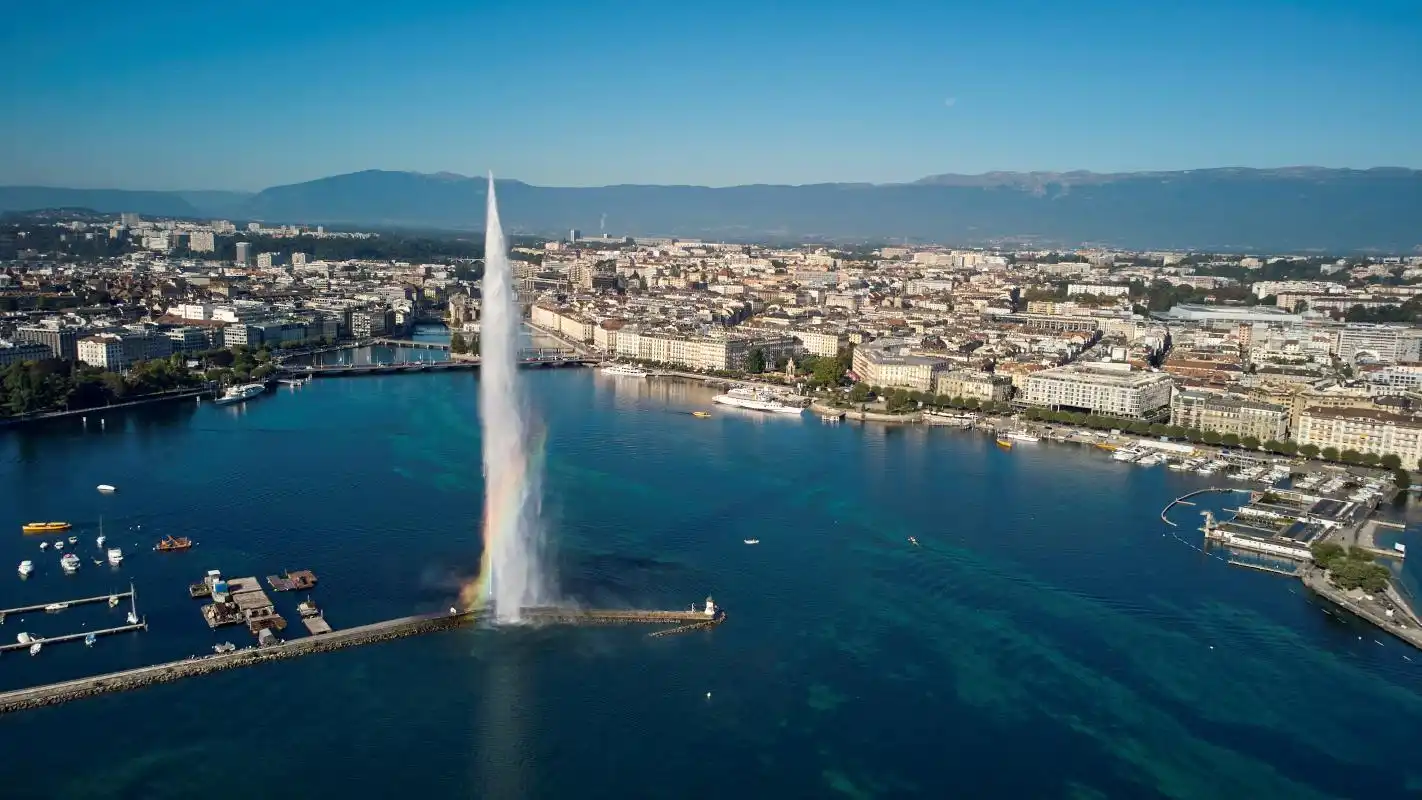
Jet d’Eau (Geneva, Switzerland)
Shooting 460 feet above Lake Geneva, this iconic water jet is visible across the city. Originally a pressure-release valve for hydraulic networks, it’s now a symbol of Swiss innovation and natural beauty.
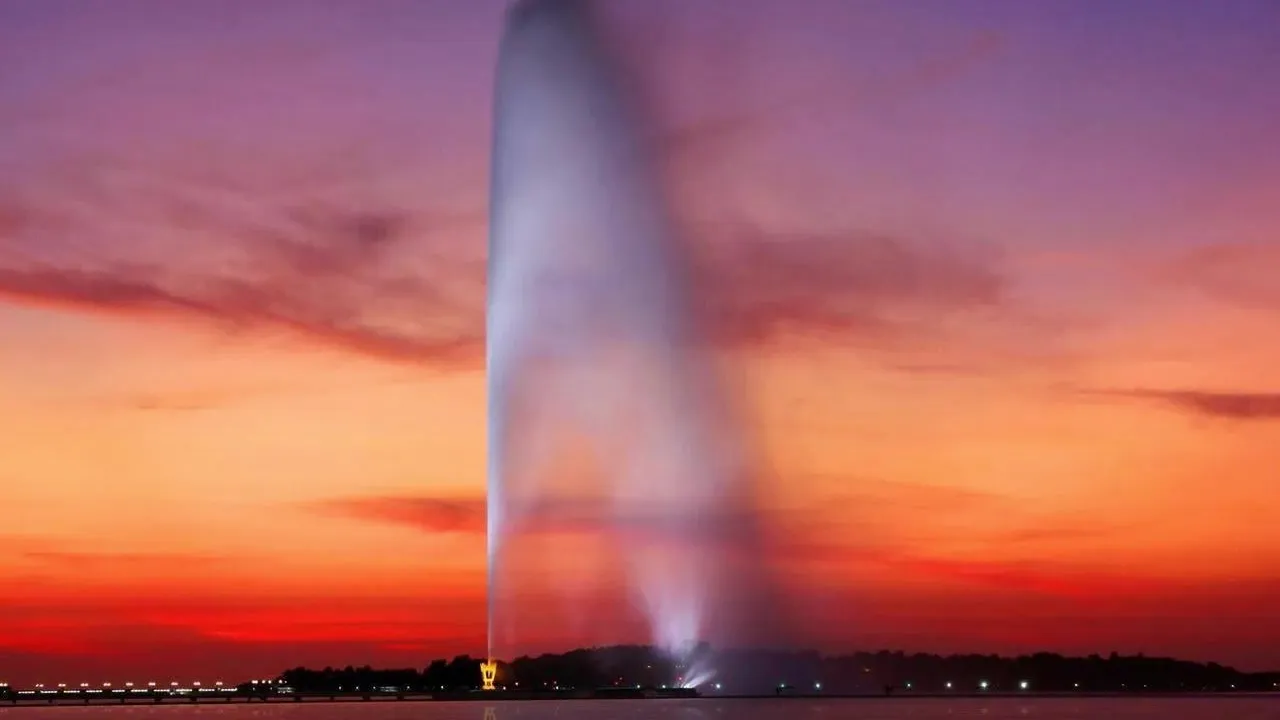
King Fahd’s Fountain (Jeddah, Saudi Arabia)
Holding the title of world’s tallest fountain, it propels saltwater 1,024 feet into the Red Sea air. Illuminated at night, it represents Jeddah’s blend of tradition and modernity—a must-see on coastal drives.
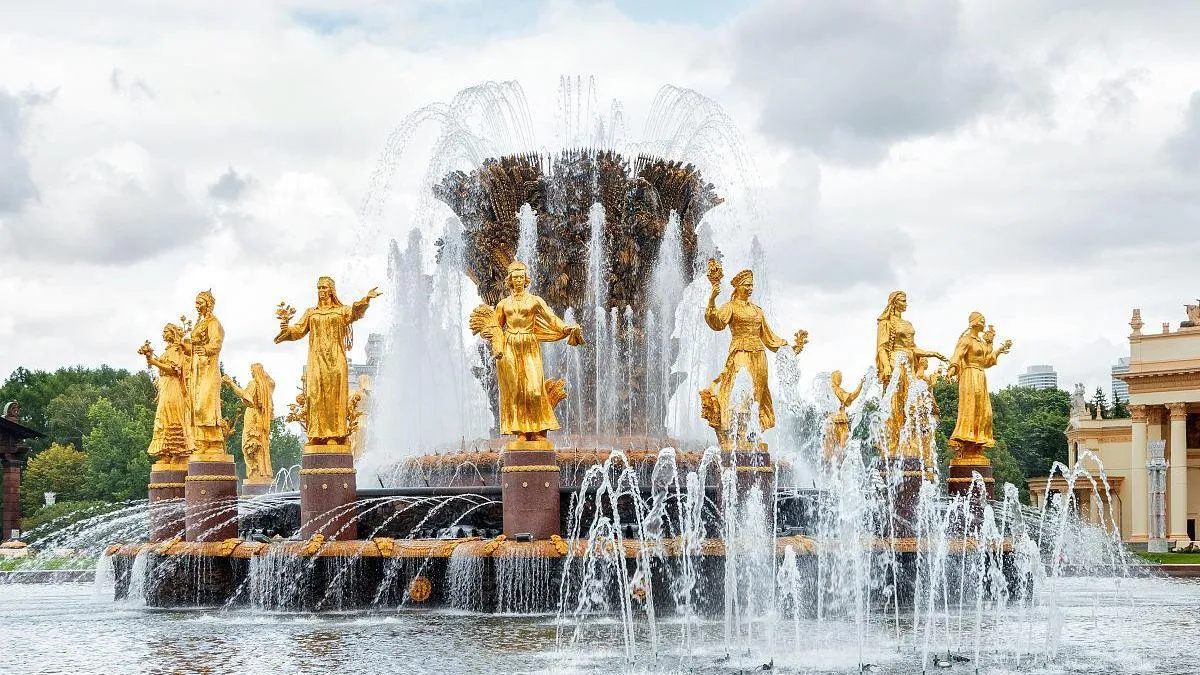
Friendship of Peoples Fountain (Moscow, Russia)
Located at VDNKh, this Soviet-era monument features gilded statues of 16 republics encircling a wheat sheaf. While politically charged, its golden glow and scale make it a photogenic relic of Cold War grandeur.
Why Do These Fountains Captivate Travelers?
Fountains transcend mere aesthetics. They serve as communal gathering spots, historical markers, and canvases for storytelling. The interplay of water, light, and sculpture evokes emotion—whether it’s the romance of Rome or the futurism of Dubai. For tourists, they’re free attractions in often expensive cities, blending art with accessibility.

